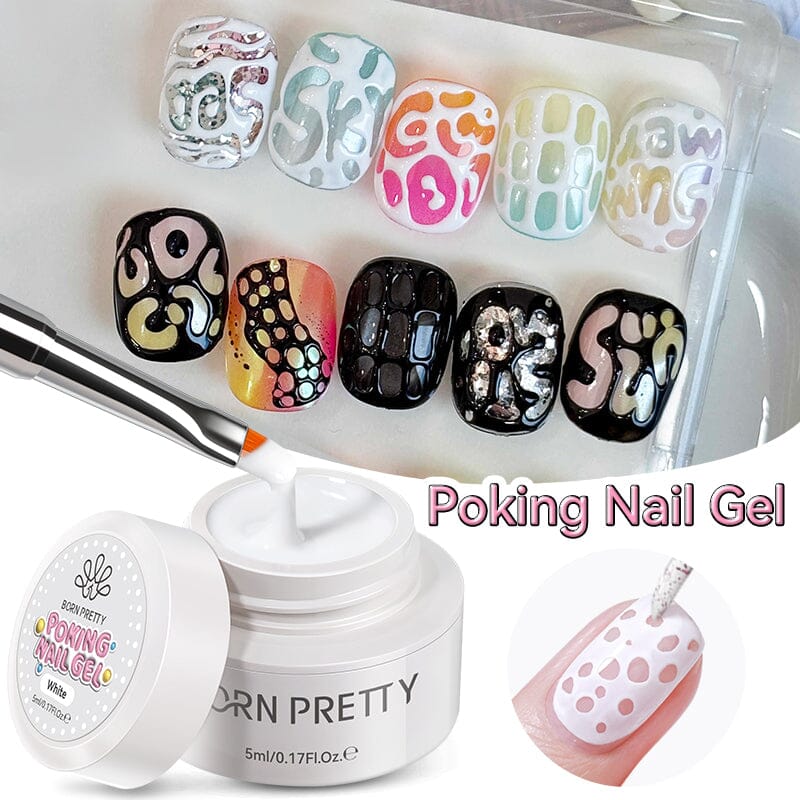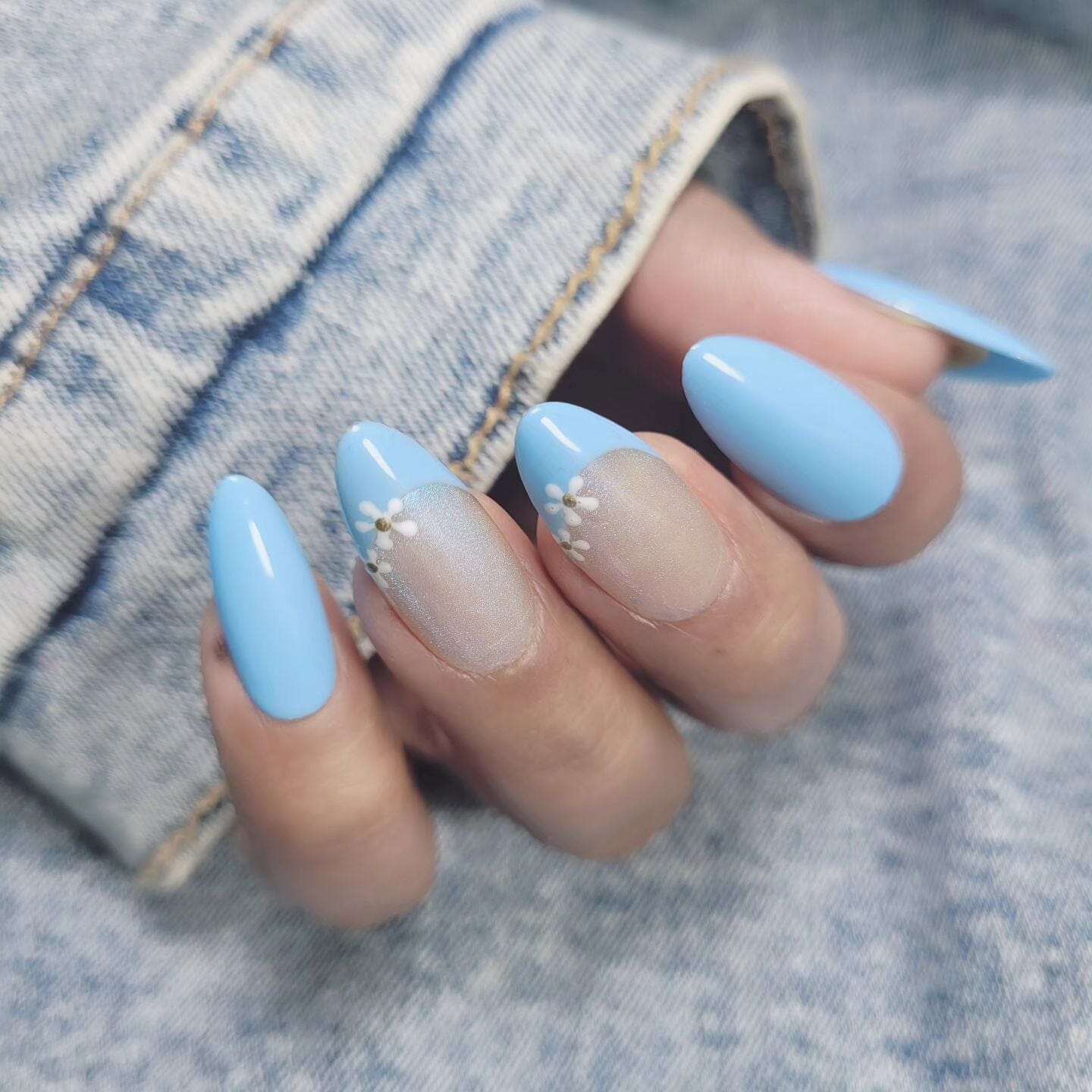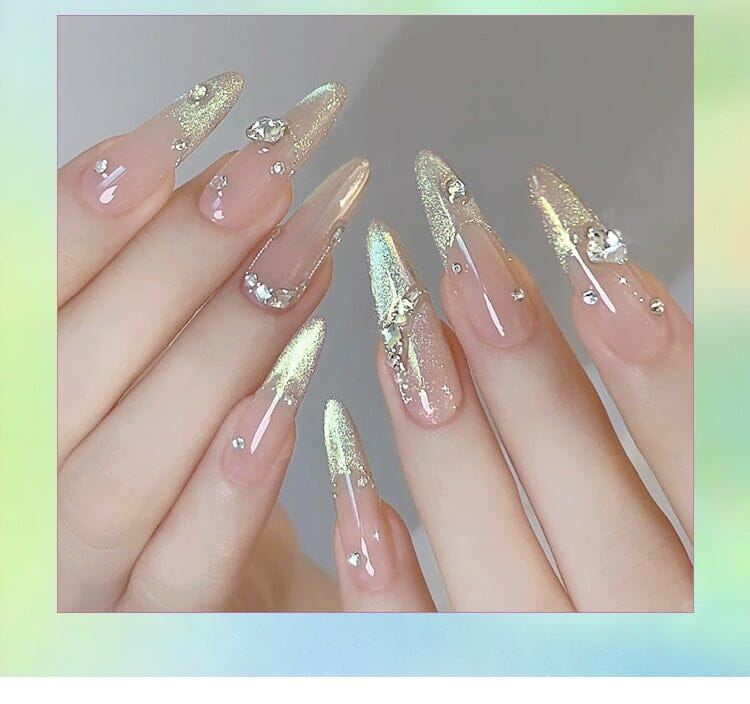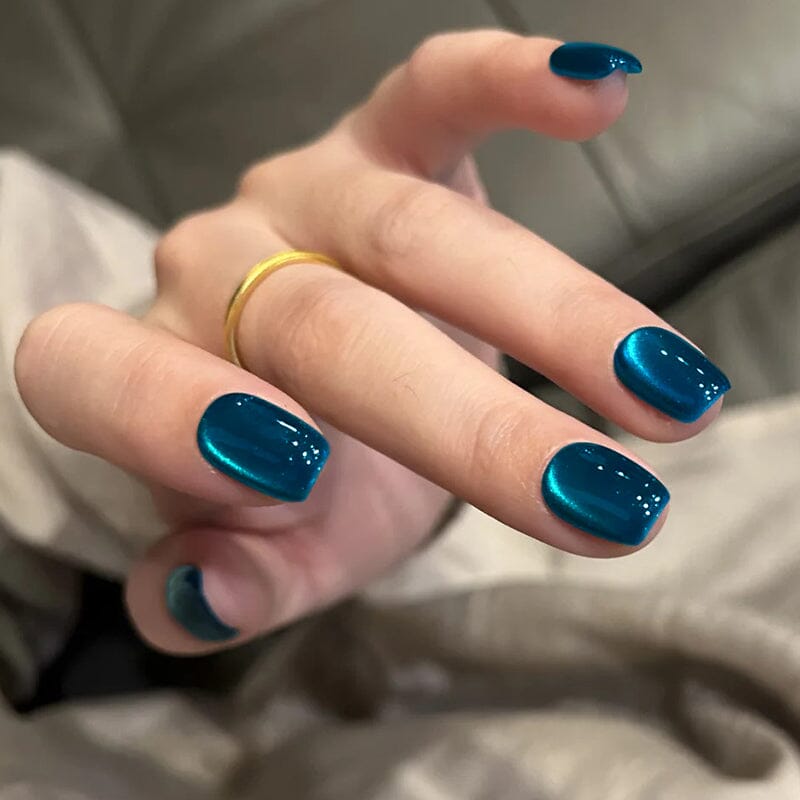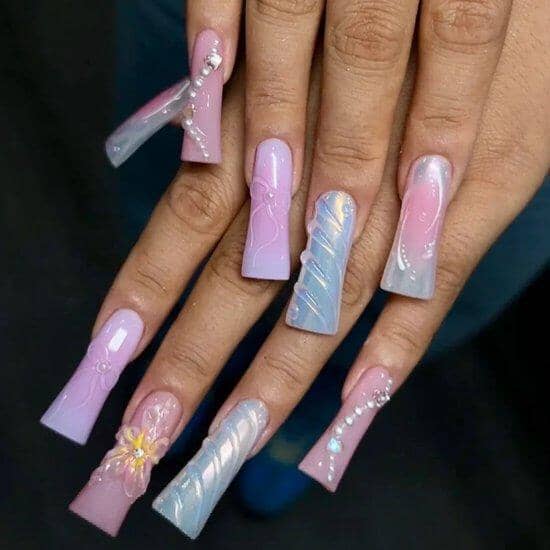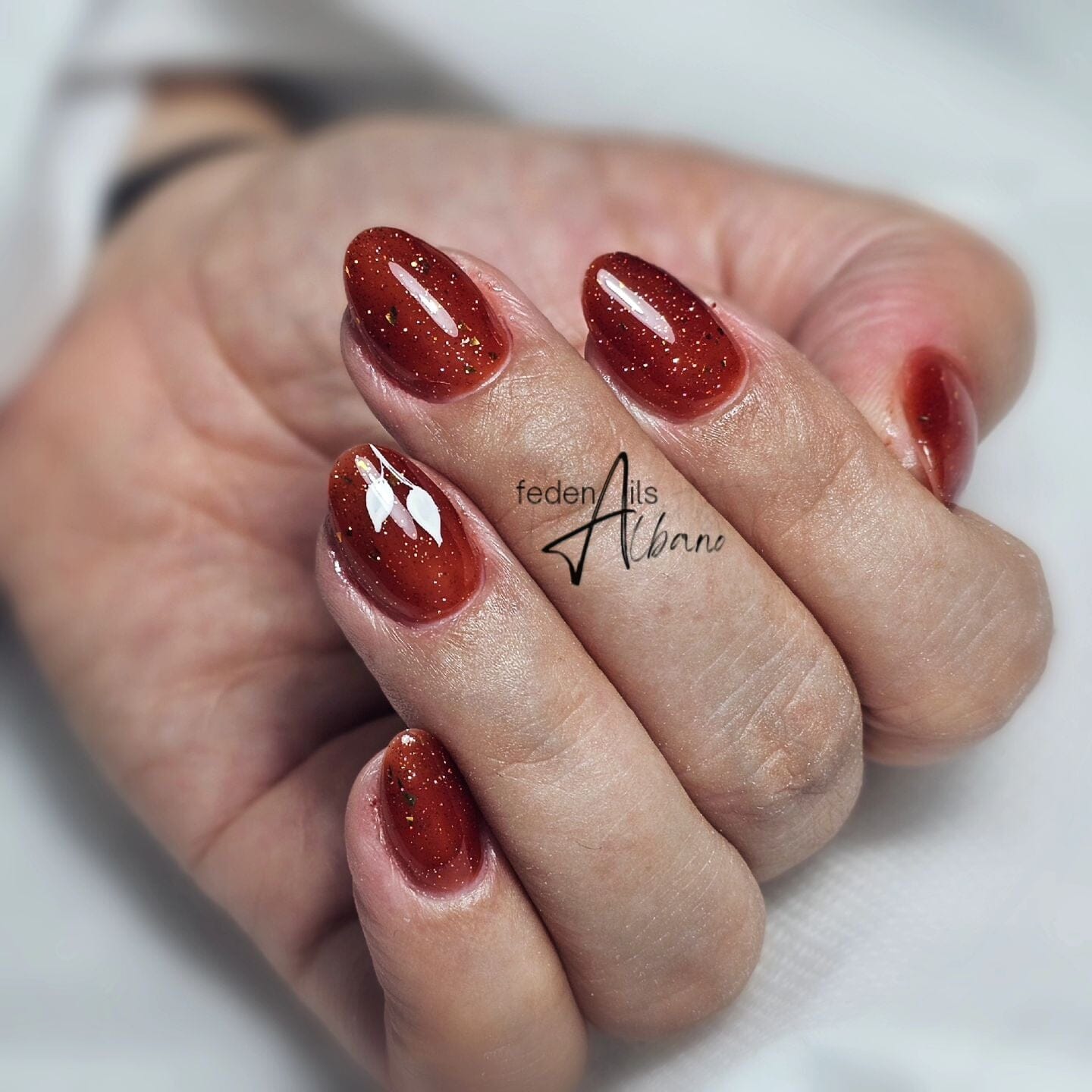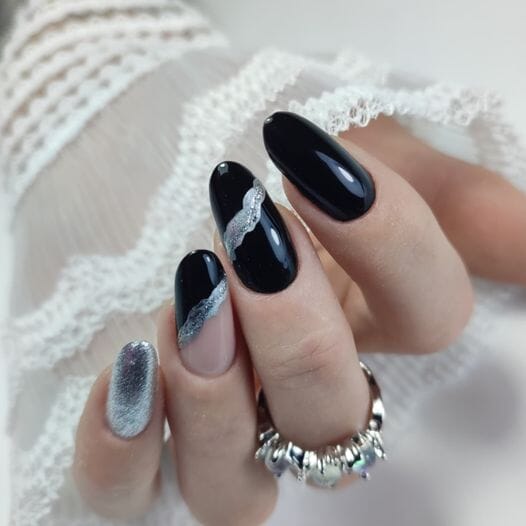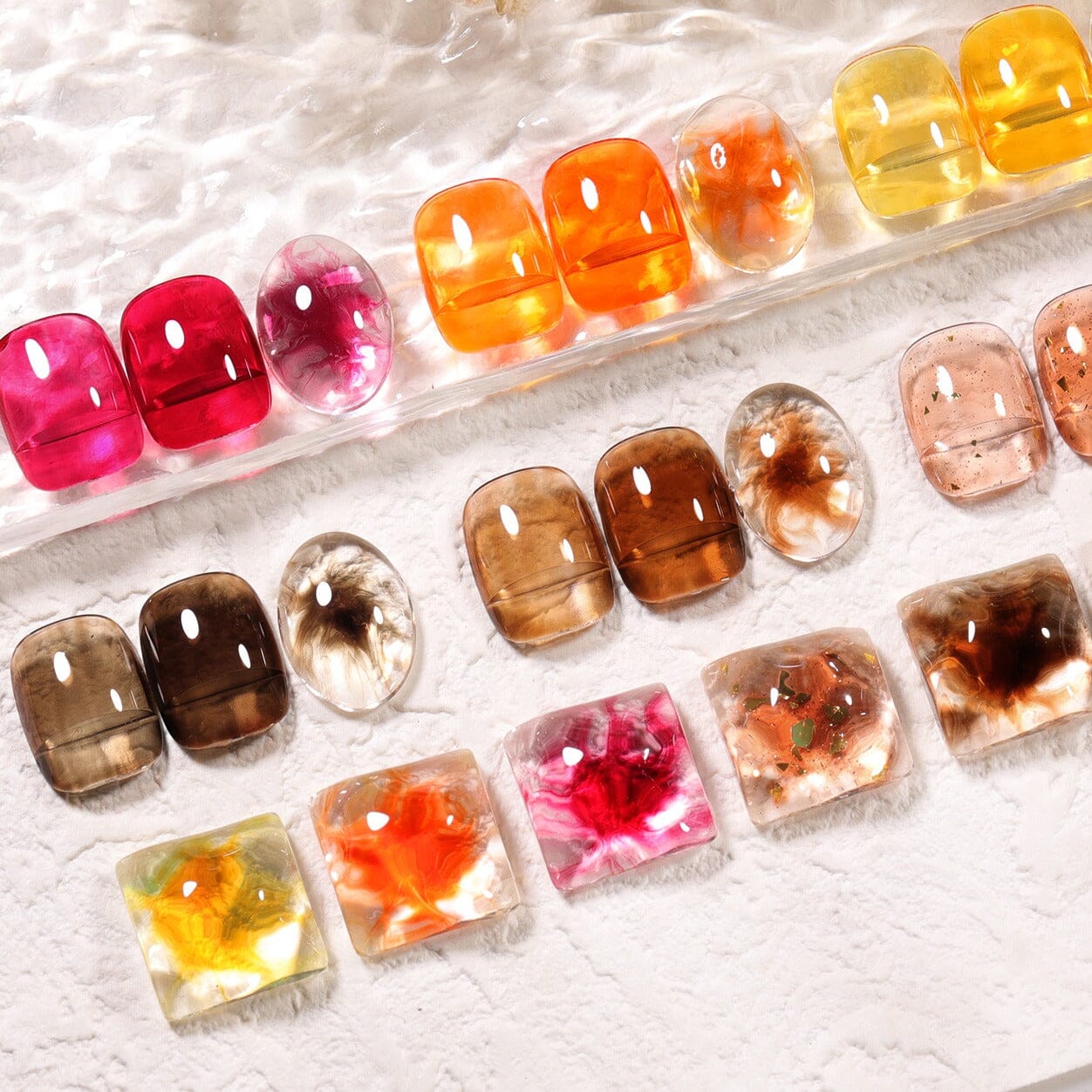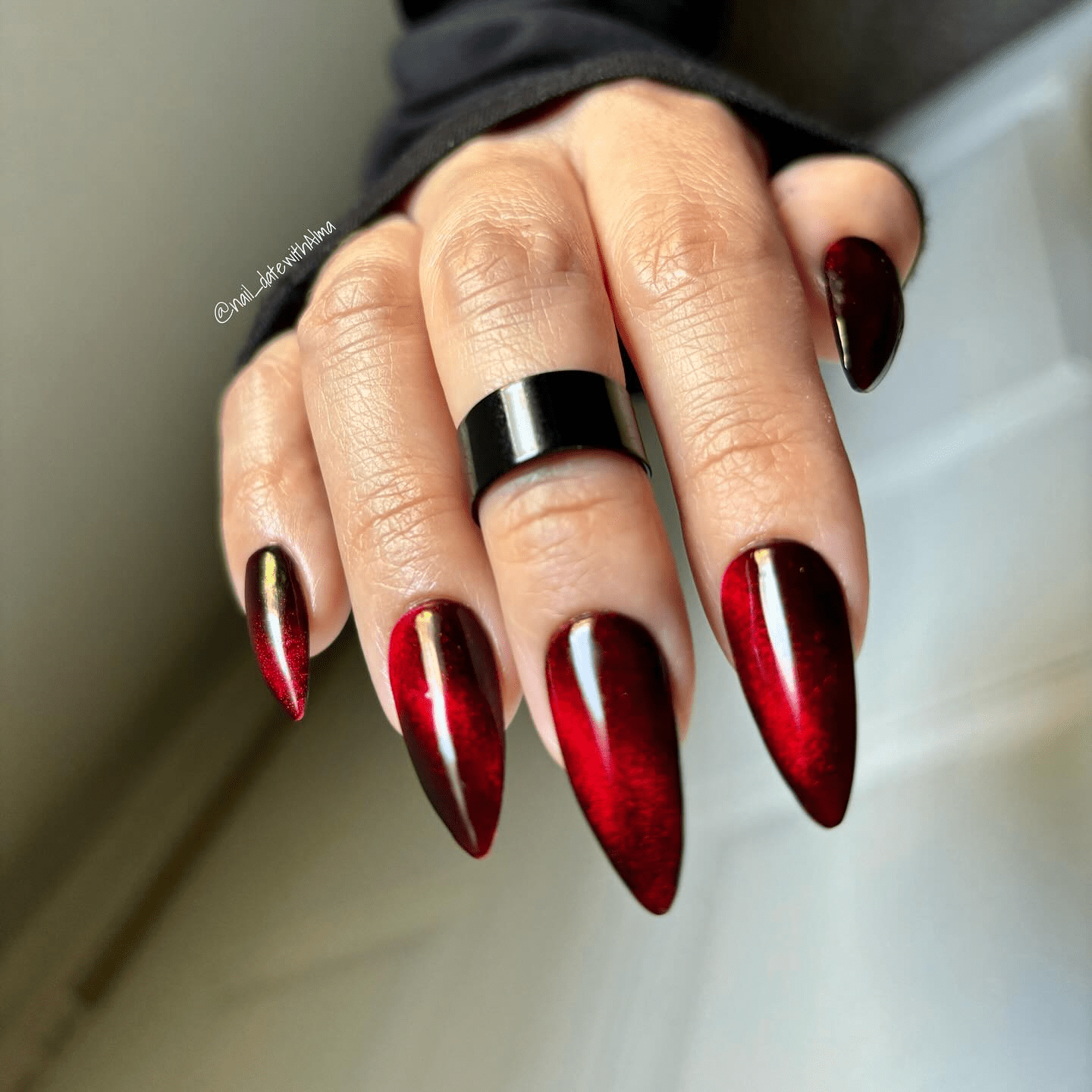Applying gel nail polish, especially when using nail polish for nail stamping, can sometimes be tricky, and there are a few common problems that many people face. Let’s take a look at some issues and solutions to ensure a smooth and long-lasting manicure.
Common Problems with Gel Nail Polish Application:
-
Uneven Gel Polish Application
To avoid uneven layers, scrape off excess polish from the brush at the bottle's opening, but make sure to leave some gel on one side of the brush. Apply a thin layer by pressing lightly on the nail surface. For lighter shades, multiple coats may be needed for a more even color. This is especially important when using nail polish for nail stamping, as precision is key. -
Gel Polish on the Skin
When applying polish, start about 0.5mm away from the nail bed and gently press the brush onto the nail surface to avoid getting it on the skin. Proper application is crucial when using nail polish for nail stamping to prevent smudging.
Why Does Gel Polish Bubble?
-
Excessive Brushing
Dragging the brush back and forth too many times can cause air bubbles. It's best to apply the polish in a single direction, especially when working with nail polish for nail stamping to maintain a smooth surface. -
Product Quality
Poor-quality products may cause bubbling. To avoid this, purchase reputable gel polish brands, particularly when using nail polish for nail stamping for detailed nail art designs.
Why Does Gel Polish Wrinkle?
-
Applying Too Thick a Layer
Thick layers can cause the surface to cure while the bottom remains uncured, leading to wrinkles. Apply thin layers and cure in between coats. This applies even more when using nail polish for nail stamping, as a thick base can distort your stamped designs. -
Interrupting the Curing Process
Removing your hand from the lamp before the curing time is complete can cause wrinkling. Make sure to keep your hand under the lamp for the full duration, especially when working on nail stamping designs. -
Old UV/LED Lamp Bulbs
If your curing lamp is old or weak, the gel may not cure properly, causing wrinkles. Regularly check and replace the bulbs to ensure proper curing, which is vital for nail stamping to look its best.
Why Does Gel Polish Have Particles?
-
Dirty Nail Surface
Not cleaning the nail properly after buffing can lead to particles in the polish. Clean the nail with alcohol before applying polish. This is important when using nail polish for nail stamping, as any particles can ruin the design. -
Contaminated Brush
Small particles from the bottle cap can get into the brush and then onto your nails. Regularly clean the bottle cap to avoid contamination, especially when working with nail polish for nail stamping.
Why Does Gel Polish Change Color?
-
Overuse of Top Coat
Applying too much top coat can cause discoloration. If you notice significant yellowing, it could be a sign of poor product quality. Using a quality nail polish for nail stamping along with a good top coat will help maintain vibrant colors. -
Fluorescent Additives
Some products contain fluorescent agents to increase transparency, but they can affect the color and even harm your health. Always opt for safer, high-quality products, particularly for nail stamping designs that require color clarity.
Why Does Gel Polish Shrink?
-
Dirty Nails
If the nails aren't cleaned properly before application, oils and residue can prevent the polish from adhering well, causing shrinkage. This can disrupt your nail stamping work. -
External Oils
Oils from food or other sources can transfer to the nails, causing the polish to shrink. Be careful not to touch greasy substances during the application process, especially before using nail polish for nail stamping. -
Product Quality
Gel polish that shrinks excessively could indicate a problem with the product itself. Switching to a more reputable brand, particularly when doing nail stamping, is recommended.
Why Does Gel Polish Peel Off?
-
Nail Wear and Tear
Regular wear and tear can cause the gel to peel, especially if your nails are soft or thin. Protect your nails by avoiding harsh environments, which is crucial when using nail polish for nail stamping for a longer-lasting look. -
Incorrect Application Technique
Make sure to properly seal the edges of the nails with gel polish to prevent peeling. This step is key for ensuring your nail stamping designs stay intact. -
Mixing Different Brands
Using products from different brands can sometimes cause compatibility issues, leading to peeling. Stick to one brand, especially when using nail polish for nail stamping.
Why Doesn’t Gel Polish Cure Properly?
-
Too Much Bonding Agent
Applying too much bonding agent can prevent the gel from curing. Only a thin, even layer is necessary. This also affects the longevity of your nail stamping designs. -
Weak Curing Lamp
An old or malfunctioning curing lamp can prevent the gel from curing. Make sure your lamp is functioning well, and replace bulbs if needed, as this can impact nail stamping as well. -
Insufficient Curing Time
Ensure the gel cures for the proper amount of time—usually 60 to 120 seconds under an LED or UV lamp.
Why Does Gel Polish Crack?
-
Thin Top Coat
A top coat that is too thin can crack easily. Apply two thin coats for durability, especially when protecting nail stamping designs. -
No-Wipe Top Coat
No-wipe top coats are often brittle and lack the flexibility of regular gel polish. Use a regular top coat that provides more flexibility and durability for nail stamping. -
Weak Natural Nails
Thin, soft nails are more prone to cracking. Strengthen your nails with a clear gel base coat for added support before doing nail stamping.
Why Doesn’t Gel Polish Shine After Top Coat?
-
Improper Cleaning
After curing, the top coat should be cleaned with gel cleanser. Make sure to use the right products and techniques for cleaning to maintain shine, especially on nail stamping designs. -
Insufficient Curing Time
The top coat should be cured for the recommended time to ensure it hardens properly. Follow the curing time guidelines for the best results. -
Incorrect Application
Apply two thin layers of top coat for the best shine. After curing, wait until the nails cool down before cleaning to prevent a dull or foggy finish, which is especially important for nail stamping designs to pop.
By following these tips and using high-quality nail polish for nail stamping, you can avoid the most common gel polish issues and achieve a long-lasting, flawless manicure.


